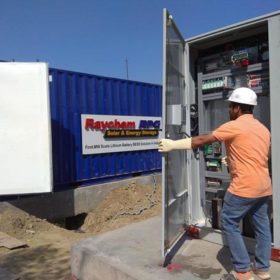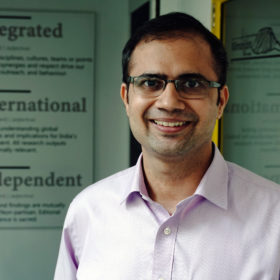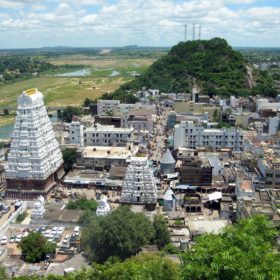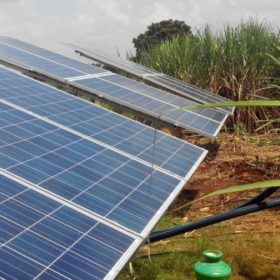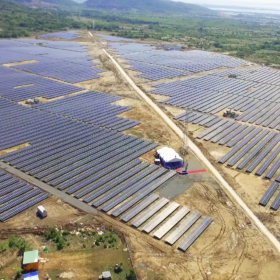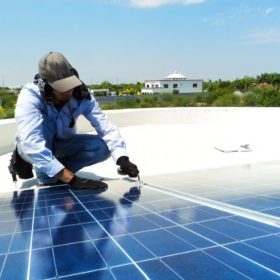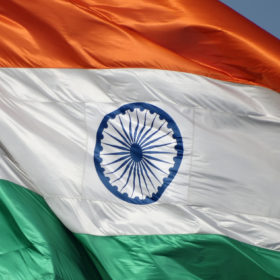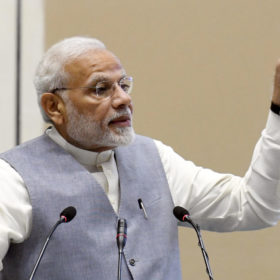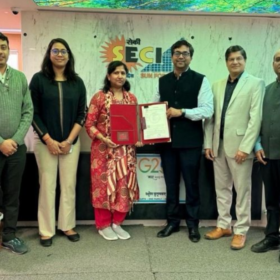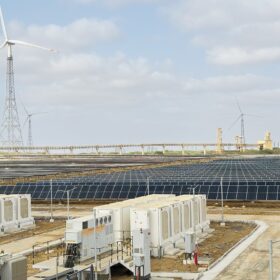Designing behind-the-meter solar-plus-storage program for India
A new report outlines key considerations for Indian regulators and other stakeholders when designing behind-the-meter distributed solar-plus-storage system programs, based on evidence from similar programs in the United States.
Financing solar projects amid the Covid-19 crisis – thinktank interview
Vaibhav Pratap Singh, senior analyst at the CEEW Centre for Energy Finance, tells pv magazine about the impact of the Covid-19 pandemic on the Indian solar sector, green finance and investment down the line.
Andhra Pradesh allocates 57% of energy budget to ‘free power for agriculture’ scheme
The overall energy outlay of Rs 6984.73 crore for the year 2020-21 is much lower than 2019-20’s revised estimate of Rs 11,639 crore.
Andhra Pradesh set for 10 GW of agricultural solar
The state—which commissioned an aggregate 3530.74 MW solar capacity as of May 31, 2020—will set up the new plants to ensure nine hours of free power supply to the agriculture sector.
Solar costs have fallen 82% since 2010
The levelized cost of energy generated by large scale solar plants is around $0.068/kWh, compared to $0.378 ten years ago and the price fell 13.1% between 2018 and last year alone, according to figures released by the International Renewable Energy Agency.
SunSource Energy bags another IndianOil project
The new rooftop solar project will be the EPC provider’s third project for Indian Oil Corporation. It will cover ten buildings across the state-owned fossil fuel giant’s flagship Gujarat Refinery and its residential township.
Covid delayed 63% of India’s utility-scale solar in first quarter
Covid-19-prompted disruption severely impacted solar installation during January-March, 2020 as the country added only 689 MW of utility-scale PV against 1,864 MW scheduled to be commissioned.
Modi calls for a rooftop-solar-powered city in every state
The prime minister again emphasized the need for India to develop a domestic solar manufacturing industry and also urged officials to get on with plans to make Ladakh carbon-neutral.
India’s new solar capacity addition to fall by 23% in 2020
Capacity additions will, however, rebound in 2021 to exceed 2019 levels as the majority of delayed solar projects come online.
Odisha’s Konark sun temple and town to go 100% solar
The central government plans setting up of a 10 MW grid-connected solar project and various off-grid applications like solar trees and solar drinking water kiosks to meet all the energy requirements of Konark town.
